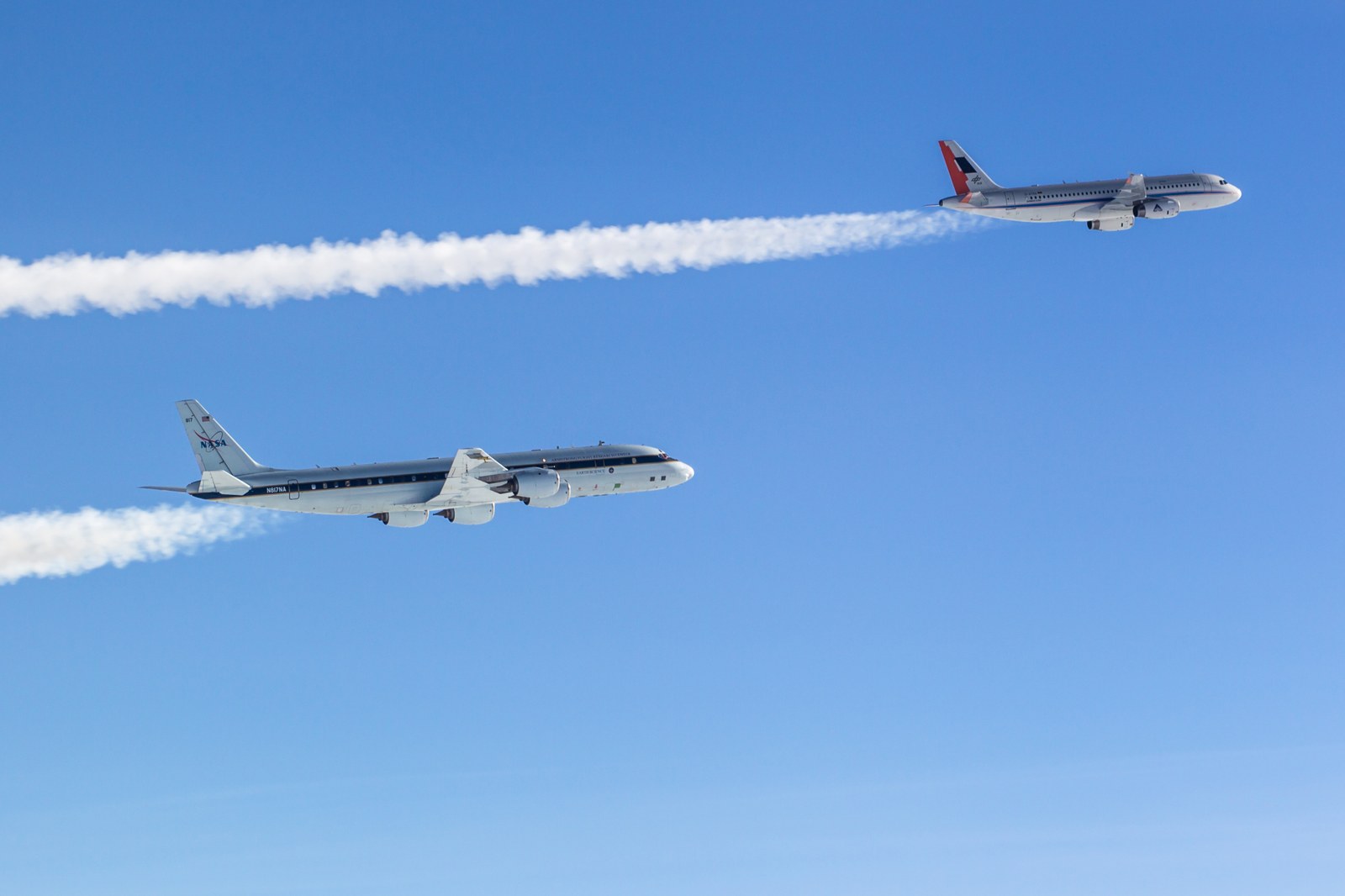NASA and DLR strengthen cooperation
On 17 December 2020, the US National Aeronautics and Space Administration (NASA) and the German Aerospace Center (Deutsches Zentrum für Luft- und Raumfahrt; DLR) extended their framework agreement on bilateral cooperation for a further ten years. The agreement was signed by NASA Administrator, Jim Bridenstine, Chair of the DLR Executive Board, Professor Anke Kaysser-Pyzalla, and Member of the DLR Executive Board and Head of the DLR Space Administration, Walther Pelzer, who met via video conference to mark the occasion. "Groundbreaking and exciting research. This is the result of the long-standing collaboration between DLR and NASA. I am delighted about the continuation of this successful cooperation," said Kaysser-Pyzalla, following the meeting.
The agreement is intended to further strengthen the cooperation between the two organisations over the next decade. Many missions and projects in the space sector as well as in aeronautics research can only be carried out through international cooperation. Therefore, it is very important for DLR, as Germany's research centre for aeronautics and space, to establish such bilateral cooperation.
NASA and DLR have already cooperated on numerous research activities, such as astronautical spaceflight, space exploration, aeronautics, climate research and Earth observation.
One example of this partnership is that NASA scientist Jess Bunchek is currently on her way to Antarctica to spend a year at DLR's EDEN ISS greenhouse. There, Bunchek will research the requirements for and the design of a future greenhouse for the Moon and Mars. This technology has a lot of potential to be transferred to food production applications in places with an unfavourable climate, such as deserts and arctic regions.
Another example is the European Service Module (ESM) for NASA's crewed Orion spacecraft, which was developed in Europe under the leadership of Airbus in Bremen. The module will be located on the underside of the crew capsule, containing the primary engine and providing the onboard power supply via four solar sails. It also regulates the climate and temperature in the spacecraft and stores fuel, oxygen and water supplies for the crew. The Orion spacecraft, and therefore also the ESM, is considered a key milestone for future exploration missions to the Moon, but also to Mars and beyond. The first test flight to the Moon is planned for November 2021.
Furthermore, in a new bedrest study conducted on behalf of NASA, DLR is researching the effects of weightlessness on vision to investigate how astronauts – who spend years in space – can prevent increasing physical impairments.
In recent years, NASA and DLR have combined their scientific strengths in aeronautics research projects, particularly in the areas of air traffic management, low-consumption and low-noise flight, and fuel-efficient air transport. As part of the joint research flight campaign ND-MAX/ECLIF 2 (NASA/DLR-Multidisciplinary Airborne eXperiments/Emission and CLimate Impact of alternative Fuel), the organisations investigated the particle emissions of alternative fuels and the influence on cloud formation of their condensation trails, and thus their effect on the climate.
The two organisations also work together to promote young scientists and run the annual NASA/DLR Design Challenge. This competition invites students to develop creative ideas and designs based on a different theme each year. It focuses on young talent, cooperation between large-scale research institutions and universities, new designs, ideas, inspiration and important transatlantic cooperation.
Related News
- NASA guest scientist set to spend a year at DLR’s EDEN ISS Antarctic greenhouse for the first time
- NASA and DLR investigate the impact of aviation on the climate - joint flight tests on alternative fuel emissions
- NASA and DLR study the transformation of the air transport system
- DLR phantoms undergo fit check in NASA’s Orion space capsule



